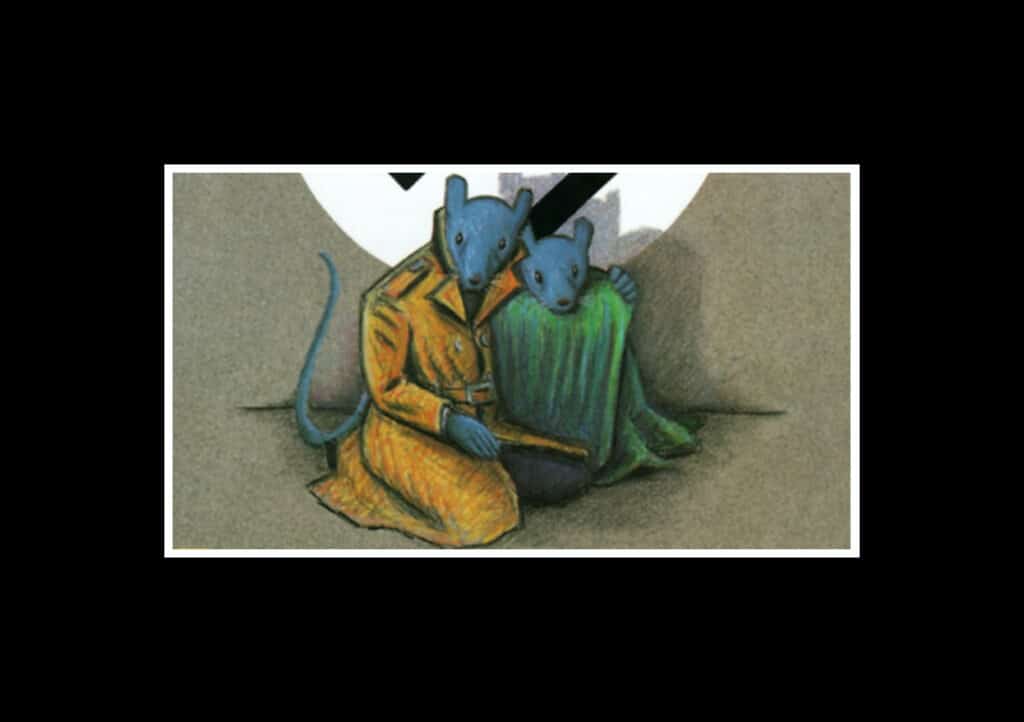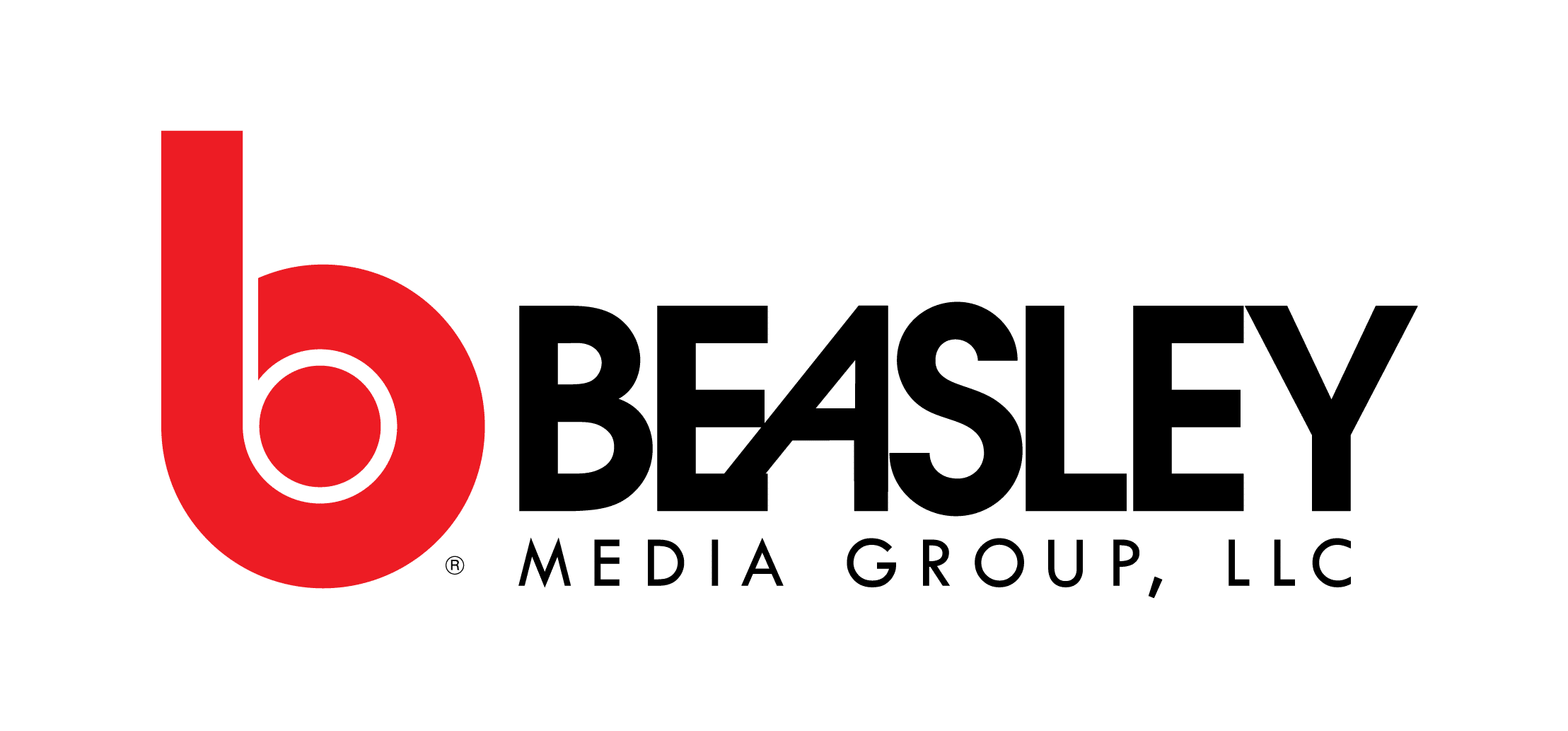Due to the horrific tragedy that has taken place in Israel and its continuing aftermath, we are unveiling a special Beasley Best Community of Caring initiative focused on tolerance, respect, and empathy. For the next few weeks, we will publish features encouraging those values.
If you have Jewish friends or you follow Jewish people on social media, you will likely see a good amount of them posting “Never Again” on their timelines. This is a reference to the Holocaust. Per the United States Holocaust Museum, “The Holocaust was the systematic, state-sponsored persecution and murder of six million European Jews by the Nazi German regime and its allies and collaborators. The Holocaust was an evolving process that took place throughout Europe between 1933 and 1945.”
The museum’s website explains that “Antisemitism was at the foundation of the Holocaust. Antisemitism, the hatred of or prejudice against Jews, was a basic tenet of Nazi ideology. This prejudice was also widespread throughout Europe. Nazi Germany’s persecution of Jews evolved and became increasingly more radical between 1933 and 1945. This radicalization culminated in the mass murder of six million Jews. During World War II, Nazi Germany and its allies and collaborators killed nearly two out of every three European Jews using deadly living conditions, brutal mistreatment, mass shootings and gassings, and specially designed killing centers.”
The Holocaust wasn’t that long ago: there are still Holocaust survivors living today. Regardless of how religious a Jewish person is (or even if they are not religious at all), they’re aware of antisemitism. They’re aware of where it ultimately leads. (And even non-religious Jews know that Nazis and antisemites don’t care how observant you are.)
There are, of course, lots of sources where you can learn about the Holocaust. But one of the most powerful ways to learn about it is through the graphic novel Maus by Art Spiegelman. It was a bit controversial when it was released because some felt that a comic book wasn’t an appropriate way to discuss the Holocaust. But the book – which depicts Jews as mice and Germans as cats – not only looks at the Holocaust. It also addresses the multigenerational trauma that survivors pass on to future generations.
In the book, Art Spiegelman interviews his father, Vladek, a Polish Jew and a survivor of the Auschwitz concentration camp. The story goes back and forth between the Holocaust and the family’s story in the years since, including the suicide of Vladek’s wife, Anja, in 1968.
Art Spiegelman first published segments of the story in a comics anthology called RAW starting in 1980, and the first six chapters were later published in 1986 as Maus I: A Survivor’s Tale: My Father Bleeds History and the second six in 1991 as Maus II: A Survivor’s Tale: And Here My Troubles. The first volume has won a Pulitzer; The Washington Post called it “the greatest graphic novel ever written.” The Atlantic said, “Maus’s importance cannot be overstated: It shifted how people talk about history, trauma, and ethnic and racial persecution.”
There’s no doubt that it’s a difficult read. But it’s worth the effort if you’re looking to understand not only the Holocaust but how it affects people today, eight decades later.
This feature isn’t an attempt to influence how you think about the current conflict in the Middle East; rather to help to understand some of the reactions to it. With that in mind, next week, we will feature Joe Sacco’s graphic novel, Palestine.


